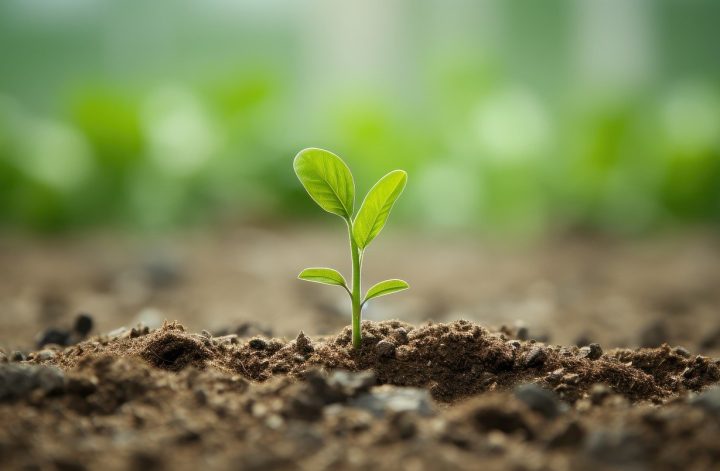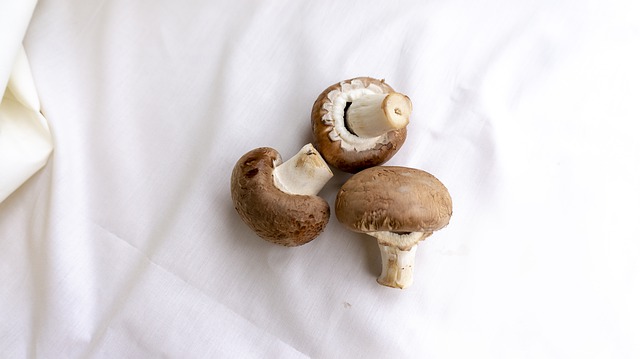What are the various Soil Types?
These are the basic main types of soils. They are:
- Silty Soil: These types of soils composed mainly of silt are light, very rich and fertile, have the ability to retain moisture well and are easily compacted.
- Sandy Soil: composed mostly of sand, these soils are light, dry and warm. However they are also often low in nutrients which means they are not very fertile for most plant types to grow in. They are also mostly acidic in pH. They have little to no structure and therefore roots of many plants cannot grow easily in there.
- Clay Soil: These soils are heavy and nutrient rich. They are cold and wet in winter but dry and baked in the summer season.
- Loamy Soil: also called the ideal soil as it avoids the extremes of all other soil types and is a fine balance between the three types- silt, sand and clay soils.
- Saline soils: these are often both naturally occurring by natural weathering and ocean drainage but also due to human activities. They are characterized due to the excessive salt content in them. Saline soils are usually categorized into three types, i.e., saline, sodic, and alkaline sodic soil.
Also check out: 10 Plants That You Can Grow In Water At Home
Impact of Soil Type in Plants:
Healthy soil is crucial for growth of all plant types and all sorts of vegetation from just home lawns and gardens to shrubs and herbs in the forest. For plant growth, soil pH, organic matter content, cation exchange capacity, nutrient content, and so many other factors influence how different plants can grow in a soil. For this purpose soil tests can be conducted for specific soil types.
Good soil structure contributes to plants being able to uptake nutrients better and also water availability for their growth and health. In addition, it allows air movement for microbes that are crucial in supporting the plant’s growth.
While some soils are naturally better structured than others, some physical characteristics of soils can be changed with good management.
List of Plants Suitable for Growth in Acidic, Basic and Saline Soils:
- Acidic Soil: Some plants that grow best in Acidic Soil are those that thrive in soils with a low pH.
1. Blueberries: Scientific name- Vaccinium sect. Cyanococcus.
2. Bleeding Hearts: Scientific name- Dicentra spectabilis. They grow best in pH ranges 3-9, fertile and well- drained soils.
3. Japanese Pachysandra: Scientific name- Pachysandra terminalis grow best in pH range 4 to 8.
4. Floss Flowers: also known as Blue Ageratum. The scientific name is- Ageratum houstonianum.
5. Bunch berries: Scientific name- Cornus canadensis. They need pH range of 2 to 7.
6. Azaleas: Scientific name- Rhododendron grow best in pH range of 5 to 8.
7. Winter Heath: Scientific name- Erica carnea grow best in pH range of 5 to 8 and its bright flowers bloom in the harshest of winter and thrive in acidic or low pH soils.
8. Oakleaf Hydrangea: Scientific name- Hydrangea quercifolia. The hydrangea flowers are some unique plant species that are blue in acidic soil and pink in alkaline soils. They can therefore thrive in both sorts of soils. However, this white colored flowering shrub does not change colors based on soil and grows finely in acidic soil.
9. Holly: Scientific name-Ilex
10. Mountain Ash: Scientific name- Sorbus americana. - Basic/Alkaline Soils: Soils that have a high pH from the range of 8 to 12 are suitable for some plants like-
1. Lavender– Scientific name: Lavender spp.
2. Strawberry– Scientific name: Fragaria x ananassa
3. Columbine– Scientific name: Aquilegia spp.
4. Daylilies– Scientific name: Hemerocallis spp.
5. Foxglove– Scientific name: Digitalis spp.
6. Meadow rue– Scientific name: Thalictrum aquilegifolium
7. Siberian bugloss– Scientific name: Brunnera macrophylla
8. Yarrow– Scientific name: Achillea millefolium
9.Arborvitae– Scientific name: Thuja spp.
10. Lilac bushes– Scientific name: Syringa spp. - Saline Soils: Plants that can tolerate soils with a high salt content or those plants that love saline soils are also known ass halophytes. Saline soil tolerant soils are:
1. Sorghum– Scientific name: Sorghum bicolor
2. Wheat– Scientific name: Triticum aestivum
3. Oats– Scientific name: Avena sativa
4. Barley- Scientific name: Hordeum vulgare
5. Wild Olive- Scientific name: oleaster (var. sylvestris).
6. Oleander– Scientific name: Nerium
7. Rosemary– Scientific name: Salvia rosmarinus
8. Wax myrtle– Scientific name: Myrica cerifera
9. Century plant– Scientific name: Agave americana
10. Silver thorn– Scientific name: Elaeagnus pungens
You may also like to check out: Evergreen Plants In Pakistan- Names, Scientific Names, Pics
We hope you liked this post! Please comment below if you have any suggestions, comments or feedbacks! We at #envpk love hearing from readers! Thanks!




